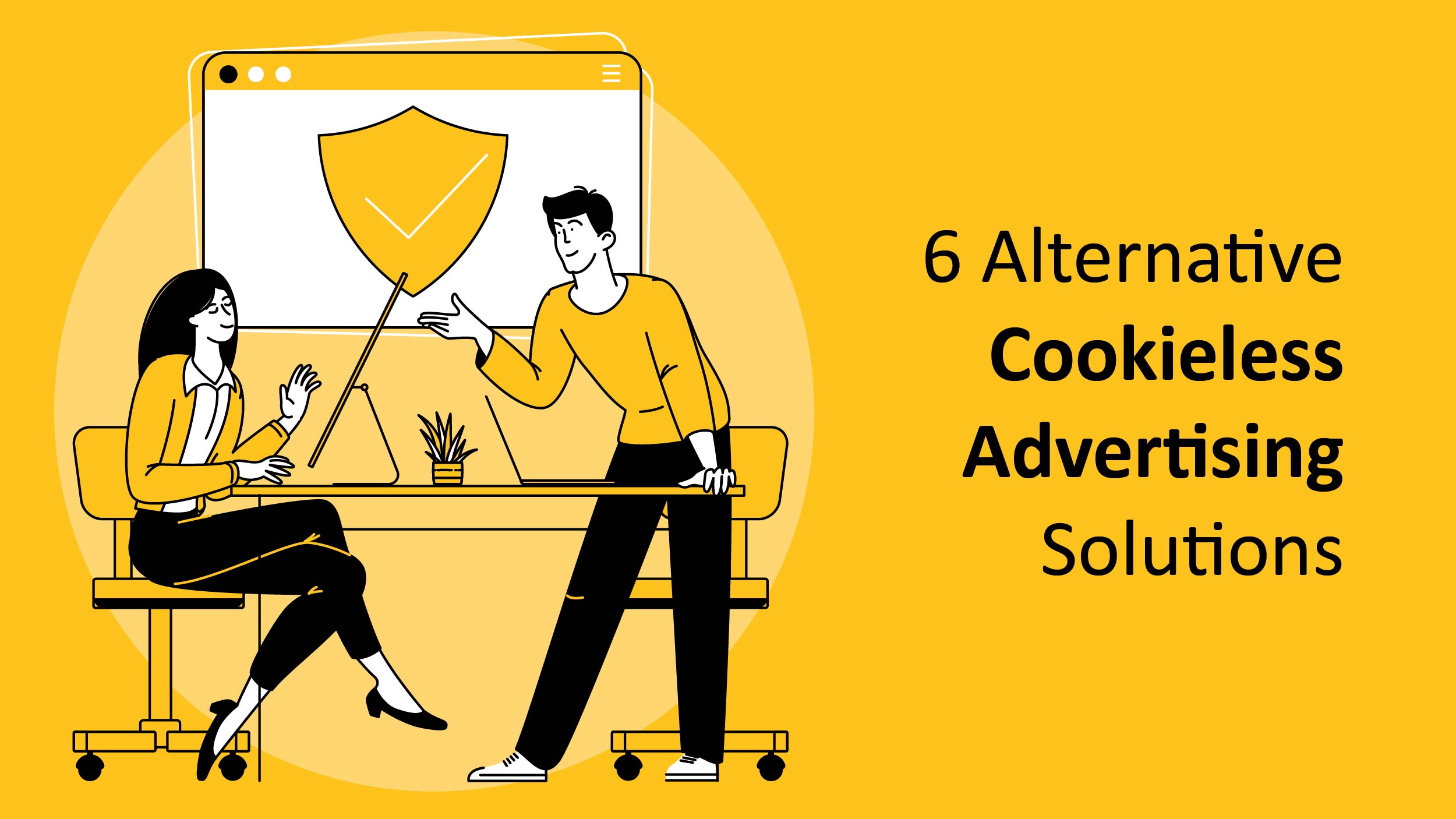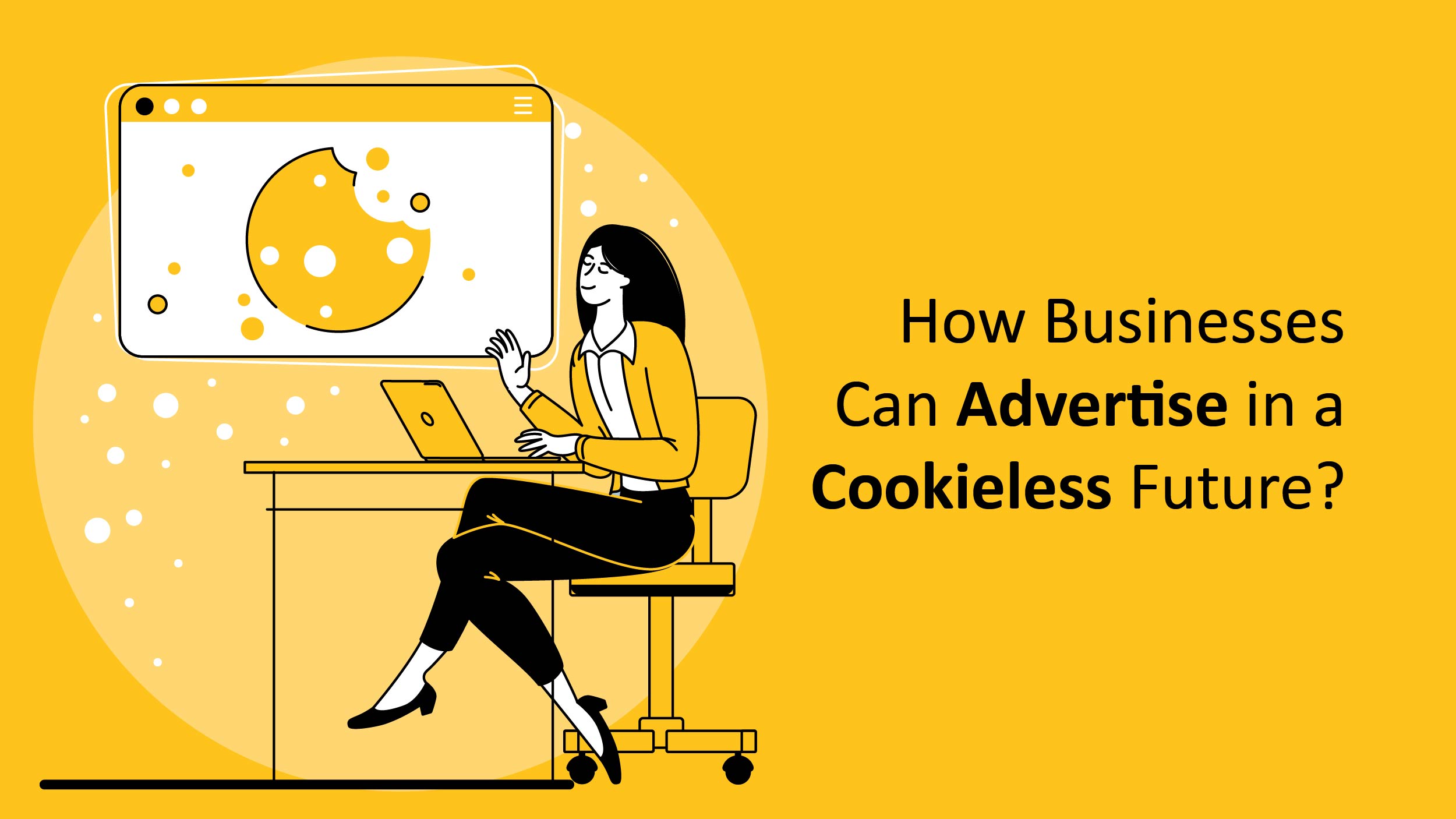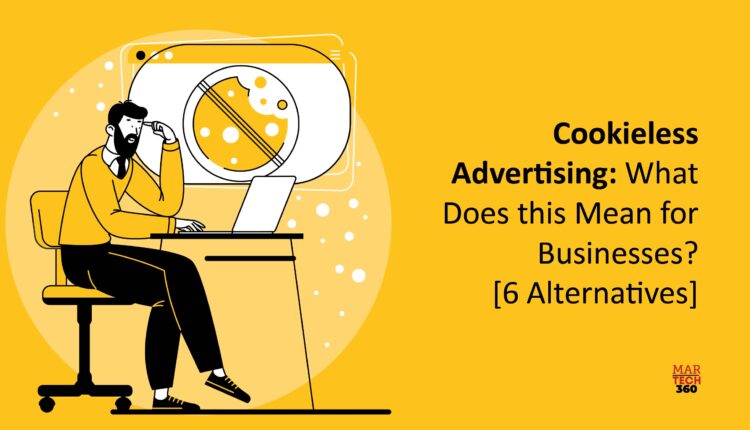Cookieless advertising is challenging traditional methods of tracking user behavior. Earlier, these data were used to understand the preferences of customers. This made putting the right ads in front of the right audience much easier.
But now it’s changing. Recently, on January 4, 2024, Google started phasing out third-party cookies for 1% of its users. The biggest question is, without the help of data, how will marketers target their audience?
Are businesses ready for this digital advertising trend? Read on!
What is Cookieless Advertising?
Cookieless advertising is the practice of targeting and engaging audiences without relying on tracking data. It is a response to increasing privacy concerns and data regulations that limit the use of cookies for tracking user behavior. Instead of relying on cookies, advertisers employ alternative strategies such as contextual targeting and leveraging first-party data.
What are Cookies?
Cookies are little data files that save your surfing information such as your location, username, and items in your shopping basket.
Cookies improve online consumer experiences by allowing marketers and advertisers to more intelligently and relevantly target their consumers.
 6 Alternative Cookieless Advertising Solutions
6 Alternative Cookieless Advertising Solutions
 Now that cookieless future advertising is slowly making its way into digital advertising. Here are the top six alternatives of cookieless advertising.
Now that cookieless future advertising is slowly making its way into digital advertising. Here are the top six alternatives of cookieless advertising.
Use First-Party Data
As third-party data dwindles, it’s crucial to explore avenues for collecting and utilizing first-party data. This includes data directly sourced from interactions such as purchase history, email marketing, surveys, guest WiFi, and user registration. Remember, first-party data stays within your domain, offering valuable insights into customer behavior.
Prioritize Contextual Targeting
Recent reports indicate a growing trend towards contextual targeting, with 78% of advertisers recognizing its importance. However, there’s still a significant portion not fully leveraging this strategy. Success in programmatic advertising hinges on testing and refining different approaches. Early adoption of contextual targeting can significantly benefit your campaigns in the long term.
Make use of Progressive Profiling
Beyond user registration, progressive profiling involves gathering more detailed user data through gated content or websites. Users provide explicit consent to share demographic or firmographic information, enabling deeper personalization and targeting.
Use Federated Learning of Cohorts (FLoC)
FLoC, an innovative browser algorithm, organizes web users into interest-based cohorts while preserving individual privacy. By grouping users with similar interests, FLoC enables effective targeting without compromising anonymity.
Include Testing Strategies
While FLoC and progressive profiling offer insights, extensive testing remains paramount. Avoid overwhelming users with intrusive questioning and leverage performance tracking to discern the most effective ad content for different audience segments.
Use Google Privacy Sandbox
Google’s Privacy Sandbox initiative aims to balance user privacy with personalized advertising. Features like FLoC strive to deliver relevant ads while safeguarding user anonymity. Stay updated on developments in the Privacy Sandbox to seize new opportunities.
In a rapidly evolving digital landscape, adaptability is key. Stay informed, flexible, and prepared to embrace change as digital marketers.
Also Read: Advertising Cookies In 2024: Invading User Privacy Or Enriching Customer Experience?
Why are Cookies Going Away?
The reason for the shift toward advertising in a cookieless world is due to privacy issues. According to Google Engineers, users are demanding transparency and options on how their data is exploited.
The e-Privacy Directive referred to as the “Cookie Law”, was created to oversee and uphold confidentiality and consent in electronic communications. This regulation resulted in the frequent appearance of pop-up notifications offering the choice to accept, decline, or adjust the handling of cookies on this website. Currently, investigations are being conducted to evaluate the alignment of Google’s strategy in developing customer profiles for digital advertising with the privacy mandates in Europe.
However, there remains a gray area that is just too ambiguous for marketers to depend on. Audiences, as previously mentioned, are demanding choices. Thus, users have the option to voluntarily participate if they wish. Nevertheless, the sizes of audiences will decrease to a point where the data becomes inadequate for significant media buying endeavors, potentially leading to lower conversion rates.
How Does Cookie-Free Advertising Work?
There is often uncertainty about how cookieless advertising works. Here are a few techniques to target audiences without using cookies:
- Authenticated targeting: Authenticated solutions function by obtaining the user’s explicit consent to utilize their data. When a person visits a website and consumes its content, this may come in the form of a pop-up or login screen.
- Anonymous targeting: Anonymous targeting identifies and tracks users without requiring express consent. Instead, alternate methods, such as contextual or aggregated targeting, enable advertisers to target specific audiences discreetly.
How Businesses Can Advertise in a Cookieless Future?
 Here are 8 actionable steps that can benefit almost any advertiser who hasn’t already implemented them:
Here are 8 actionable steps that can benefit almost any advertiser who hasn’t already implemented them:
- Analyze Your Media Spend: Take a deep dive into your current spending patterns to gauge your reliance on retargeting, lookalike audiences, and third-party data. This analysis will help you identify areas that need attention, experimentation, and reinvestment.
- Invest in First-Party Data: Focus on acquiring first-party data by offering compelling online experiences and services that incentivize users to sign up and log in.
- Leverage Data Management Tools: Consider implementing customer data platforms (CDPs) if the scale of your business and data justifies the investment. However, be prepared for significant costs, likely reaching six figures.
- Configure Google Analytics 4: Ensure proper setup of Google Analytics 4 with the assistance of a specialist to gather accurate insights into your audience and campaign performance.
- Implement Meta CAPI: If you’re heavily invested in Meta platforms, explore implementing the Meta Conversion API (CAPI). Collaborate with your technical website team or web agency to integrate other relevant APIs as well.
- Test Google Privacy Sandbox APIs: Experiment with appropriate Google Privacy Sandbox APIs to discover new targeting opportunities while maintaining user privacy.
- Explore Universal Identifiers: Look into Universal Identifiers like ID5, UID 2.0, and RampID to enhance cross-device and cross-platform user identification.
- Re-evaluate Attribution Models: If you’re currently relying on cookie-based attribution models, consider rethinking your approach to adapt to changing privacy regulations and user preferences.
Is it Feasible to Target Advertisements Without Cookies?
The online advertising business has concentrated its efforts and attention primarily on cookie-based targeting (till now). Advances in machine learning and artificial intelligence have created new potential for intelligent targeting that is privacy-friendly and does not require user profiling.
One method is to use contextual targeting, which allows advertisers to view and respond in real time to insights obtained from live content consumption. This dynamic data is just as effective for targeting and scaling campaigns as cookie-based targeting.
What Does the Future of Cookieless Advertising Look Like?
The transition towards cookieless advertising might be full of uncertainty but it also has numerous benefits. This cookieless future allows users and marketers to be more transparent and foster respectful relationships while prioritizing privacy.
It also provides opportunities for innovation in data collection, analysis, and ad targeting. We can anticipate the rise of new, privacy-focused technologies and tools that will transform how we understand and interact with our audiences.
In the longer run, maybe this might be the bridge towards human-human interaction rather than marketer-customer.


Comments are closed.